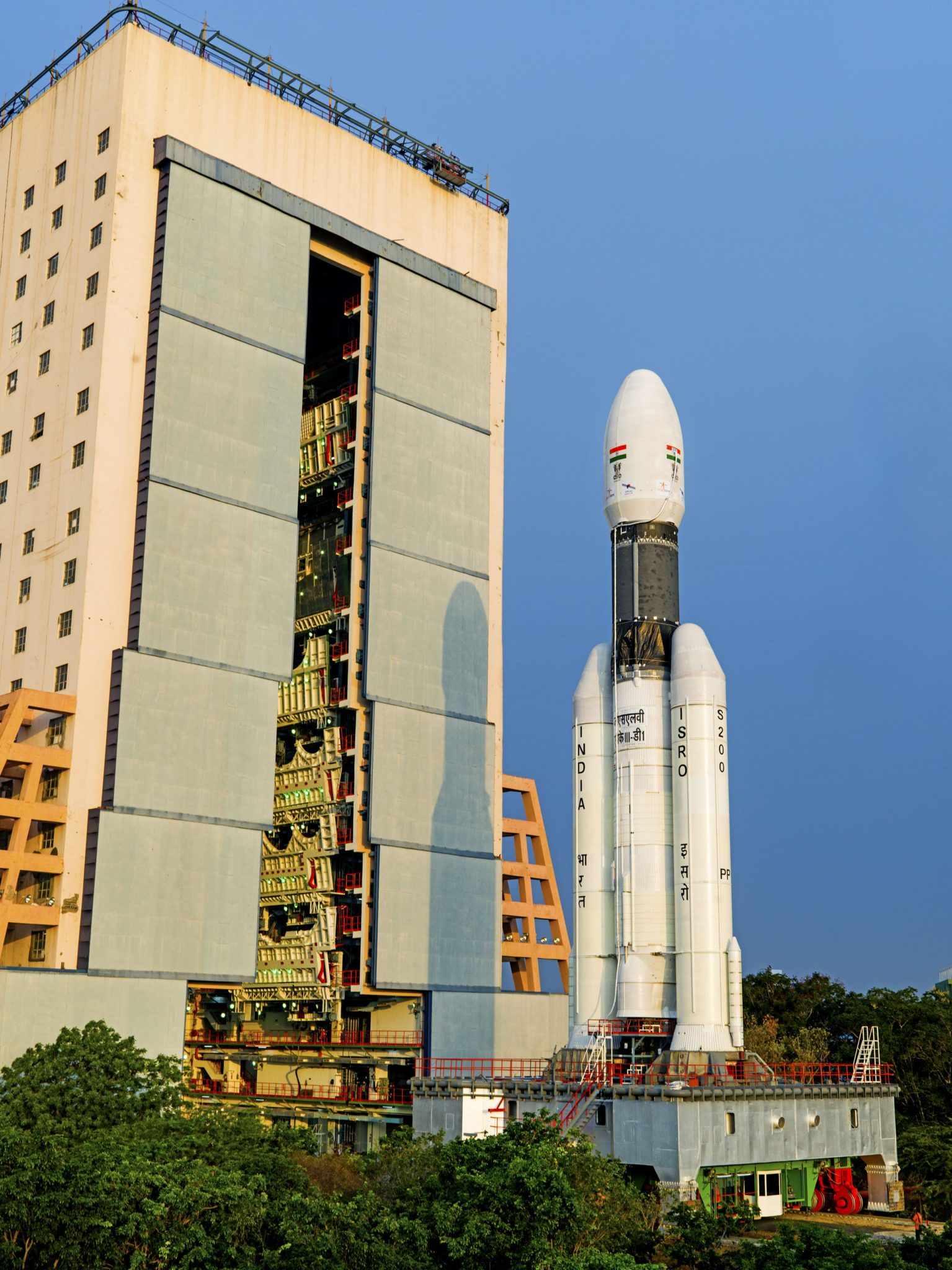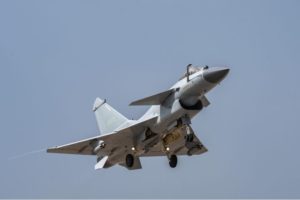India Draws Lessons on Cyber and Electronic Effects From the War in Ukraine
By Matthew Stein
The Indian Army has been focused on a possible conflict with China since the border incidents on the Line of Actual Control (LAC) in 2017 and 2020. While Indian officials have been improving the army’s combat and logistic capabilities on the LAC, the accompanying excerpted article reports on an Indian Army exercise involving satellite communications that drew lessons from the war in Ukraine and that officials are hoping will guide further development of army capabilities.

GSLV-Mk III-D1 being moved from Vehicle Assembly Building to second launch pad.
While national R&D is focused in this field, the Indian Army is closely watching the advancements made by our adversaries, to ensure that these vital capabilities are inducted into our armed forces well ahead of times.
The Indian Army has been focused on a possible conflict with China since the border incidents on the Line of Actual Control (LAC) in 2017 and 2020. While Indian officials have been improving the army’s combat and logistic capabilities on the LAC, the accompanying excerpted article reports on an Indian Army exercise involving satellite communications that drew lessons from the war in Ukraine and that officials are hoping will guide further development of army capabilities. The article from the independent English-language newspaper The Hindu reports on the scenario of the exercise, which involved using all satellite communications in the Indian Army in different technical and operational situations. The article notes that the Indian Space Research Organization (ISRO) also took part in the exercise and that it included the eastern regions and northern border areas of India, which includes the LAC. The articles go on to mention how the Indian Army has been studying electronic warfare in the war in Ukraine at multiple levels and that India believes this further established the importance of satellite communications. The article notes that the army is currently using ISRO satellites but is set to have its own by December 2025 as India’s Acquisition Council approved the new satellite back in March during the early weeks of the war in Ukraine. It is also points out that the Indian Army is closely watching the advancements made by its adversaries and that this is an effort to stay ahead of them. Overall, the exercise and satellite acquisition show how India continues to respond to China and that it is closely watching what is happening in Ukraine.
Source:
Dinakar Peri, “Indian Army conducts Exercise Skylight to test resilience of its satellite communications,” The Hindu (independent English-language newspaper), 6 August 2022.
To test the operational readiness of satellite systems and personnel manning them, the Indian Army last week carried out Exercise Skylight validating and showcasing the resilience of its communication capabilities in case terrestrial connectivity is disrupted in future conflicts, officials in the security establishment said.
“During the two-week long exercise, all satellite communication assets in the Army were activated and various technical and operational scenarios in space domain were simulated. Various agencies responsible for space and ground segments, as also the Indian Space Research Organisation (ISRO) participated in the exercise,” a source in the security establishment said. This includes over 200 static platforms and over 80 vehicle based and man portable systems that were incorporated…
“…the exercise covered the eastern part of the country, northern borders and the island territories. “This will be done regularly,” the source said.
The Army has carried out detailed studies of cyber and electromagnetic effects in the war in Ukraine. Electronic warfare has played a major role in Ukraine, sources said, “We had multiple iterations on how this conflict has panned out, at various levels.”
The studies established efficacy of reliable satellite communication like the one afforded by ‘Starlink’, officials said…(the) Indian Army is utilizing the services of a number of ISRO satellites as it does not have a dedicated satellite. In March, The Defence Acquisition Council cleared a proposal for a GSAT-7B communications satellite. The army is on course to get its own satellite by December 2025.
…To train its personnel on all aspects of satellite communication, the Army recently published Request for Information for its own student satellite, for training engineering students in Military College of Telecommunication Engineering on satellite technology.
…While national R&D is focused in this field, the Indian Army is closely watching the advancements made by our adversaries, to ensure that these vital capabilities are inducted into our armed forces well ahead of times, officials added.
Image Information:
Image: GSLV-Mk III-D1 being moved from Vehicle Assembly Building to second launch pad
Source: https://commons.wikimedia.org/wiki/File:GSLV-Mk_III-D1_being_moved_from_Vehicle_Assembly_Building_to_second_launch_pad.jpg
Attribution: Government Open Data License – India (GODL)
Distribution A: Approved for public release
Categories:
Tags:
Related Products
Chinese Military Exercises Highlight Improvements in Joint Operations






